Capture Your Baby’s Serene Sleep with Ohirune Art
Parents of young babies know that getting them to hold a certain position is next to impossible, which unfortunately makes it very difficult to capture beautiful, professional photos of them during their first year. However, a popular infant photography style that is sweeping Japan has begun to change that, as it captures the youngest humans when they are at their most peaceful and still: when they're sound asleep.
Three years ago, Minori Aoki was a housewife with two sons, one a newborn. She encountered the work of Adele Enersen, a Finnish mother and artist (currently living in Los Angeles) whose blog and picture books of her baby sleeping with creative background scenes became famous worldwide. Aoki was captivated by Enersen’s photos and book and began snapping pictures of scenes she made with her own son, and uploading them to her blog. Like Enersen, Aoki found her blog gaining more and more interest, and even received requests from news outlets as well as other mothers who wanted her help to create their own children’s “ohirune art.”
Ohirune art, literally meaning “nap art,” is rapidly spreading throughout Japan. The centerpiece of the photos are children, usually sound asleep and usually under age one, although older children are also okay. The photo that grabbed the most attention for Aoki is a picture of her son when he was 27 days old. He is sound asleep and wearing goggles with a Japanese flag and the Olympics logo floating above him.
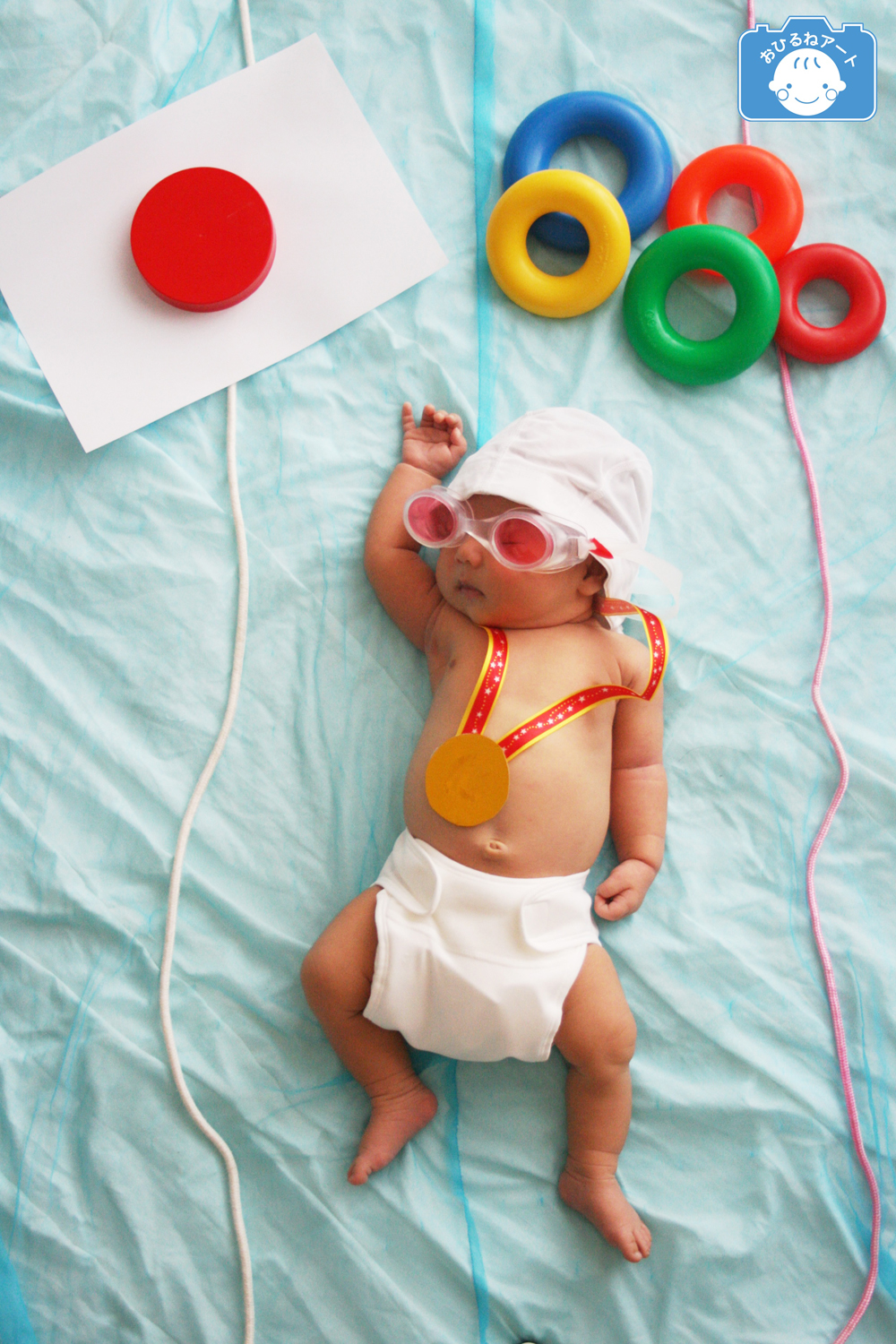
Aoki was enjoying her hobby but soon became inundated with requests for interviews and her support. While she admits she wasn’t especially looking to work, in two short years she found a business partner and has built an association that has qualified around 200 ohirune art teachers throughout Japan, as well as opened an ohirune art studio with 20 full- and part-time staff and photographers.
The Ohirune Art Association runs a studio called Story near Ningyocho station in Tokyo and is staffed by moms working different hours according to their own family’s schedules. The ohirune art teachers have colorful toys on hand in the hopes of making children laugh. Aoki admits there are challenges even with this style of art. Namely, when children don’t sleep or continue to cry throughout the session, or do not smile. Still, according to Aoki, some children just don’t smile in front of the camera, or just cry a lot. But, she says, “the baby’s crying face is also a memory so we want to preserve that too.” She admits that there is the occasional mother who is vocal about taking a picture a certain way or having their unsmiling child smile. The association has a cautionary note on its homepage that they cannot guarantee smiles.

Studio sessions are staffed by teachers who are usually professional photographers, and a one-hour session can cost from ¥30,000 to ¥70,000 depending on the client’s requests. The association tries to match up clients with teachers who have similar styles. Some teachers specialize in oshare (stylish, fashionable) art while others prefer kawaii (cute) or pop. Celebrity moms requesting privacy also come to the studio from time to time to take their children’s ohirune art.
In addition to studio sessions, of which there are two per day, the association also hosts reasonably priced events and classes (costing from ¥2,000 to ¥5,000 per person). Parents can book an appointment and show up on the appointed day and time with their camera or phone and their child. The association prepares a booth and an ohirune art scenery according to the monthly theme (past themes can be seen here). Currently, the story set is Peter Pan. Parents are encouraged to look at the association’s homepage to find the theme or story set that interests them and participate with their child during that theme’s month.
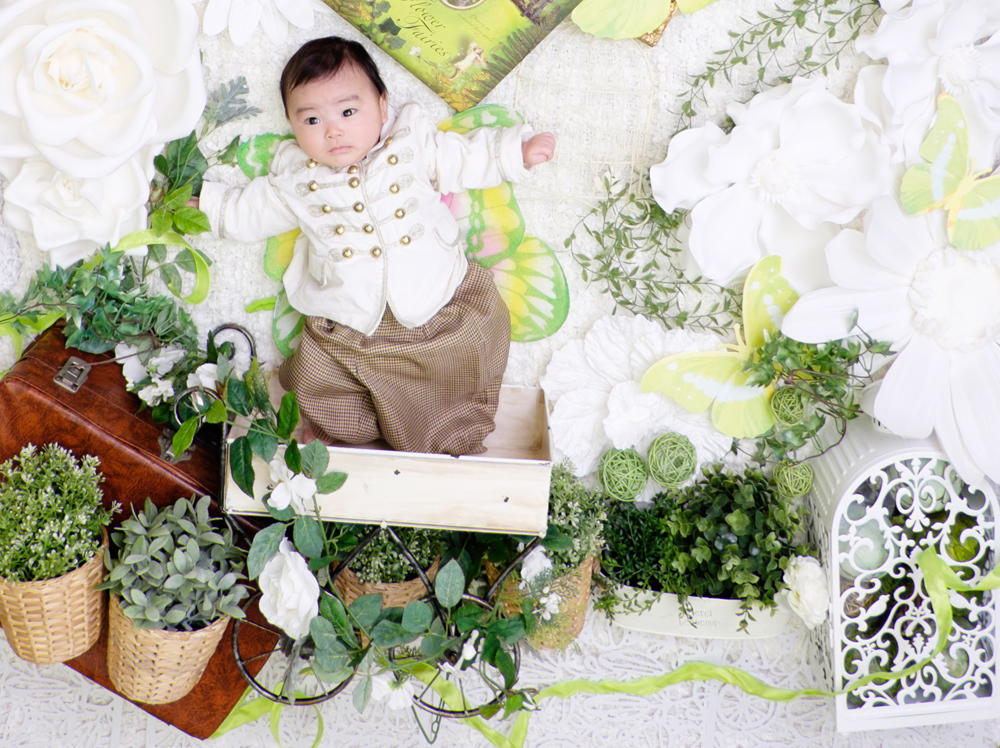
Child-rearing, Aoki says, is not easy, and it’s understandable to become blue or depressed on your own. She hopes that the ohirune art events and classes can become a place where mothers can find happiness through meeting other mothers and children while creating scenes and taking pictures. “There is a certain happiness that can be found through having other moms tell you your child is cute,” Aoki says.
The studio has English-speaking staff and hopes to work more with non-Japanese parents in the future, as Aoki hopes to spread her work worldwide. An English-speaking ohirune art teacher, Noriko Nambu, who works in the studio, observed that “since many Japanese pay attention to details, the Japanese ohirune art is probably more detail-oriented than that in the West.” She showed several examples of very intricately detailed scenes where the teacher sewed felt and fabrics to create a dazzlingly detailed picture.
There is a wide selection of ohirune art viewable on the association’s Facebook page.
The Deets
Address: Story Ohirune Art Studio, 3-12-3 Nihonbashi Ningyocho, Chuo-ku, Tokyo
Tel: 03-6231-0480
Open: Studio sessions held Thu–Tue, 10 a.m.–6 p.m.; open for inquiries Mon, Tue, Thu and Fri, 10 a.m.–4 p.m.
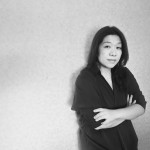











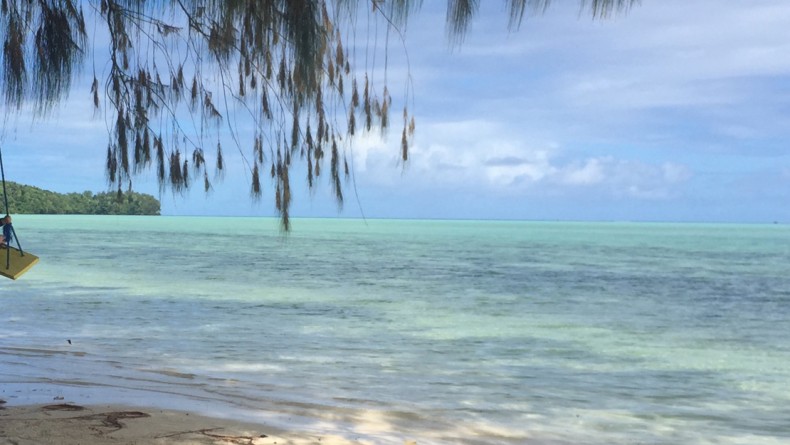
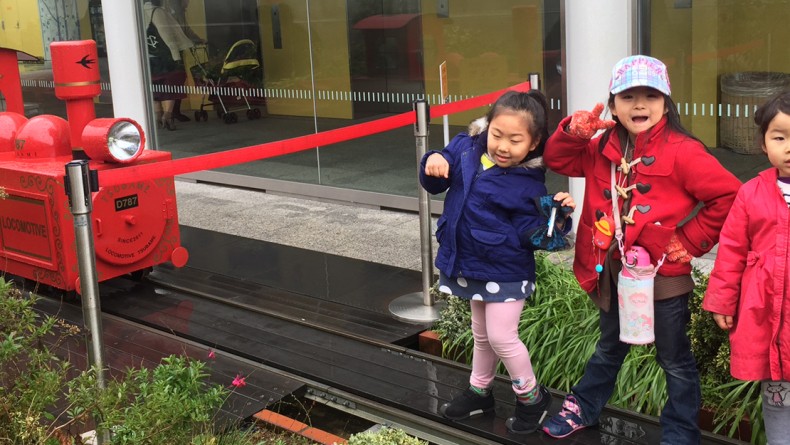
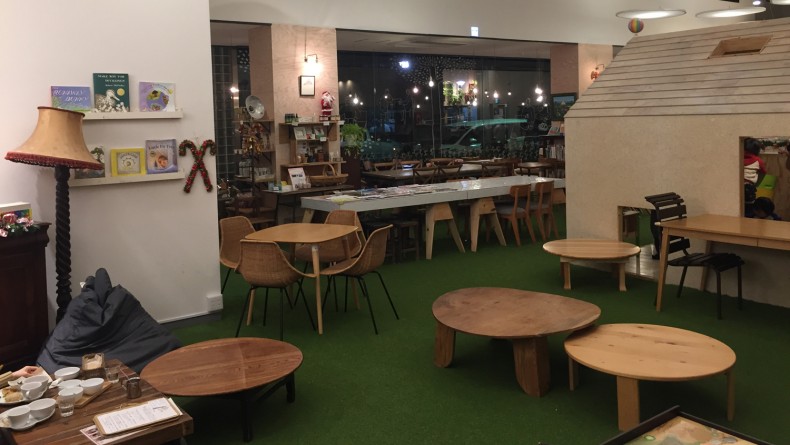

Leave a Reply